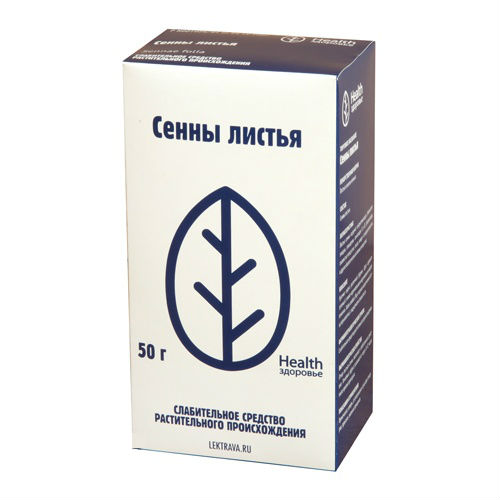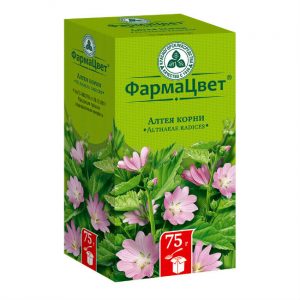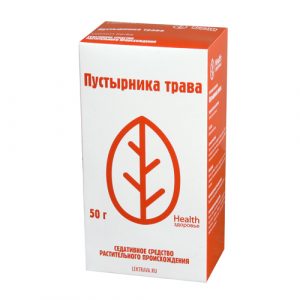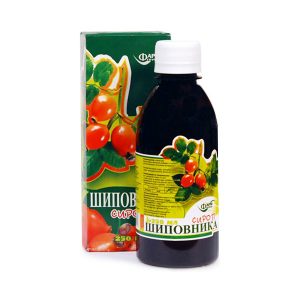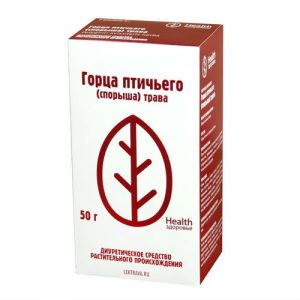Description
Description srdlk. The color is grayish-green with dark brown and brown spots.
The smell is faint. The taste of the water extract is slightly bitter with a sensation of mucus.
Indications
Chronic constipation, regulation of stool with hemorrhoids, proctitis, anal fissures.
Contraindications
Hypersensitivity to the drug, intestinal obstruction, abdominal pain of unknown origin, disturbances in water and electrolyte metabolism, acute inflammatory diseases of the abdominal organs, proctitis and hemorrhoids (exacerbation phase), strangulated hernia, gastrointestinal bleeding, uterine bleeding, cystitis, spastic colitis, pregnancy, children under 12 years old.
Special instructions
With prolonged use of senna leaves, addiction may develop, therefore, it is advisable to alternate their use with other laxatives.
Composition
Leaves of senna acutifolia
Dosage and administration
2 tablespoons of the leaves are placed in an enamel bowl, pour 200 ml (1 cup) of hot boiled water, cover and cover in a boiling water bath for 30 minutes, then kept at room temperature until completely cooled, filter, the remaining raw materials are squeezed.
The volume of the resulting broth was adjusted with boiled water to 200 ml. Take orally 1/2 cup in the evening after eating. The course of treatment is 2-3 weeks. Before use, it is recommended to shake the broth.
Side effects
Allergic reactions, abdominal pain, flatulence, diarrhea are possible.
With prolonged use – colitis.
Drug Interactions
Senna preparations reduce tetracycline adsorption.
Overdose
Symptoms: diarrhea, impaired water-electrolyte exchange.
Treatment is symptomatic.
Storage Conditions
Store in a dry, dark place. Ready broth to store in a cool place no more than 2 days. Keep out of reach of children.
Shelf life
3 years.
Deystvuyushtee substance
Senn ostrolistnoy listyya
Terms of drugstore
Without prescription
Dosage form
raw vegetable
